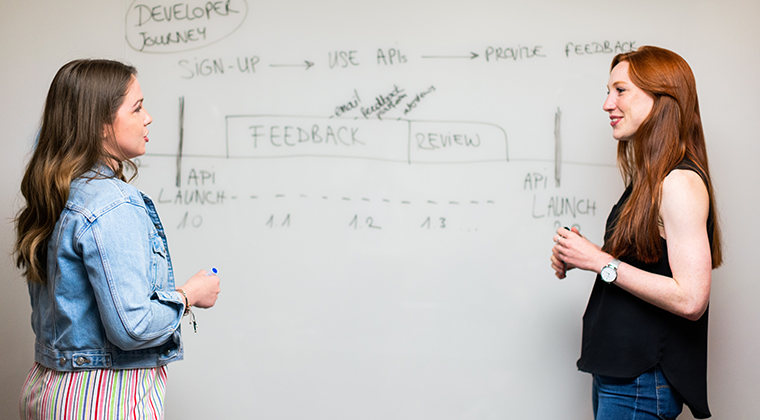How HR Software Streamlines the Daily Duties of HR Professionals

When HR works, a company works. The question is whether we will keep burying the people who hold the place together or give them tools that return the focus to people and results.
Summary
-
HR carries mission critical work yet spends too much time on low value tasks that software can automate
-
The right platform speeds hiring, improves onboarding, and turns performance management into a steady practice rather than a once a year ritual
-
Compliance grows more complex every month, which makes centralized records, alerts, and reporting essential rather than optional
-
Data, self service, and scale shift HR from a support function to a strategic partner
The backbone and the bind
Human Resources is the quiet infrastructure of the organization. HR keeps work moving, keeps people supported, and keeps hiring aligned with the mission. The bind is simple. HR teams are asked to recruit, onboard, manage pay, track performance, and police compliance while the volume of work grows. Without the right tools, that load turns into burnout and missed opportunities. HR software is not a luxury. It is a way to take routine tasks off human plates so the humans can do the human work.
Automation that lifts the level of work
Paper forms, copy and paste, and calendar ping pong eat hours that no one gets back. Good HR software automates the chores so teams can spend time where judgment matters. Here is what that looks like in practice
-
Administrative tasks move to autopilot, from payroll runs to PTO tracking, which cuts errors and gives time back
-
Employees handle simple needs through self service, which means fewer tickets and faster answers
-
Compliance tasks get tracked by the system with alerts and built in safeguards, which lowers risk and stress
-
Data and reporting shift from scattered spreadsheets to live dashboards that support better decisions
-
Communication improves when messages, reminders, and tasks live in one place
Recruitment and hiring set the tone
Hiring is the first test of how a company treats people. Legacy methods are slow and fragile. Modern tools, especially an applicant tracking system, make the process faster and fairer.
-
Job postings go to multiple boards, social channels, and your careers page in one step
-
Screening tools help surface qualified candidates and reduce noise
-
Collaboration improves when feedback, ratings, and decisions live in a shared workspace
-
Interview scheduling connects candidate calendars with your team to cut the back and forth
-
Onboarding handoffs begin before day one so the first week feels planned rather than chaotic
If you are still running hiring from a spreadsheet, you are working uphill.
Onboarding that starts people strong
Onboarding is more than a checklist. It is the first real impression of how a company operates. HR software makes it consistent and welcoming.
-
Paperwork becomes digital so forms, contracts, and handbooks are signed and stored without a stack of folders
-
Training and orientation are assigned and tracked with role specific checklists
-
Engagement starts early with welcome notes, mentor pairings, and short intros that build connection
-
Compliance steps are handled on time with automatic reminders and secure storage
-
Payroll and benefits integrations move new hire data cleanly, which avoids duplicate entry and mistakes
Well run onboarding pays off with stronger retention and faster productivity.
Performance that is steady and useful
Annual reviews by themselves do not fit how people work now. Teams do better with clear goals, regular feedback, and learning that matches ambition. HR software supports that rhythm.
-
Goals are defined and tracked together, with progress visible to managers and employees
-
Feedback gathers multiple views through peer input, self reflection, and manager assessment
-
Analytics highlight top performers, trends in productivity, and early signs of risk
-
Review cycles run on time because reminders and templates keep the cadence
-
Development resources are tied to goals so growth plans move from talk to action
Compliance in a moving landscape
Labor rules change. Privacy rules change. Industry mandates change. The cost of getting it wrong is high. Software helps HR stay in front of the curve.
-
Certifications and training get tracked so renewals happen on schedule
-
Personnel files are centralized, secure, and audit ready
-
Alerts flag deadlines for checks, forms, and other obligations before they become problems
-
Reports are accurate and current, which reduces the chance of fines
-
Built in practices support data privacy and anti discrimination obligations
Compliance is not just about avoiding penalties. It is part of how an organization keeps trust.
Why this matters now
Work is changing. Expectations are higher. The list of HR tasks is longer than ever. Software that saves time and reduces errors cuts cost and frustration. Self service improves the employee experience, which in turn supports engagement and retention. Analytics turn scattered facts into a picture leaders can use. Platforms grow with the business, which means you do not have to rip and replace as teams expand. The final shift may be the most important. When the busywork shrinks, HR has space for strategy, culture, DEI, and workforce planning.
The road ahead
Paper files and manual spreadsheets are a path to delay and drift. Digital HR is the standard now. The right platform does not replace people. It supports them. Give HR the tools to automate the routine, protect the organization, and put people first. That is good governance and good business.
About HiringThing
HiringThing is a modern recruiting and employee onboarding platform as a service that creates seamless talent experiences. Our white label solutions and open API enable HR technology and service providers to offer hiring and onboarding to their clients. Approachable and adaptable, the HiringThing HR platform empowers anyone, anywhere to build their dream team.




